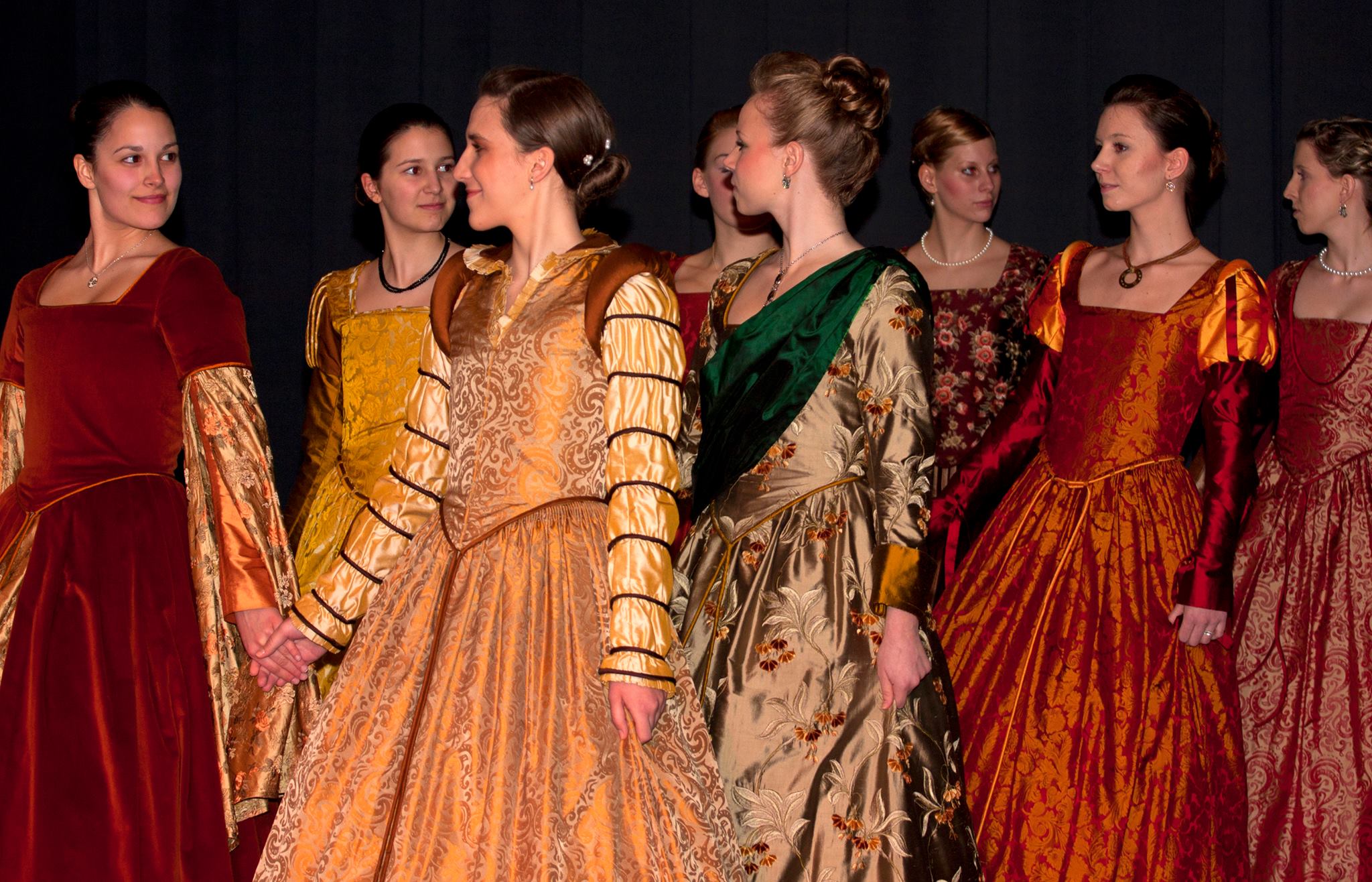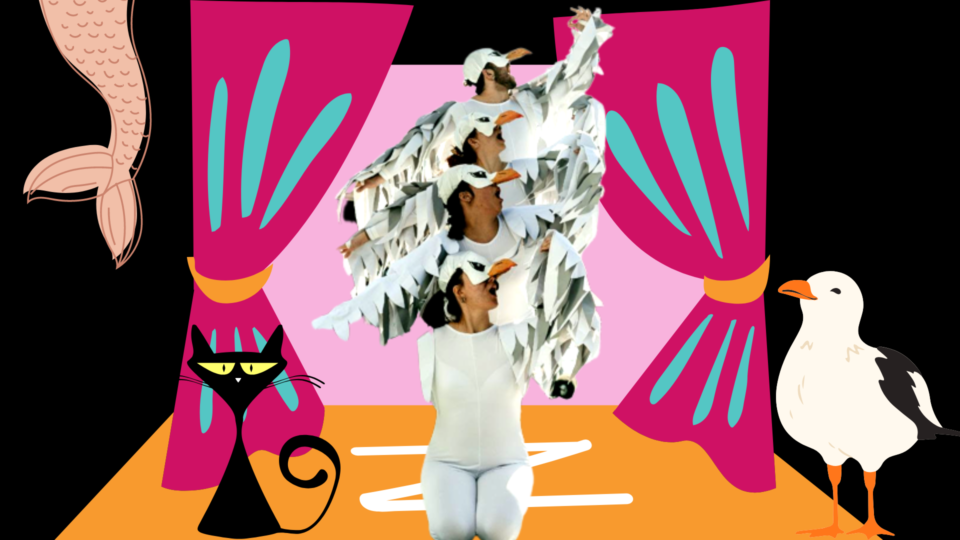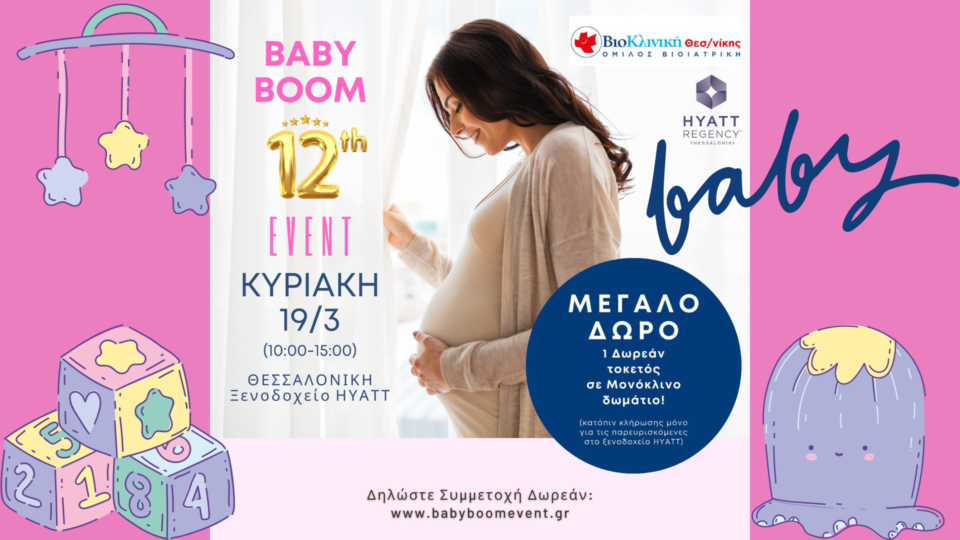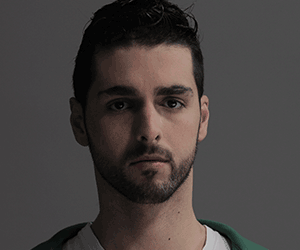Celestina group: Renaissance Dances revive in the 21st century

Christina Azopoulos, Sociologist, Author
Did you know that still, there are people who professionally exercise the renaissance dances? Wearing all the necessary outfits and with the company of the right music, these dancers perform and bring to life a renaissance touch in the 21st century. We had the chance to meet a dancer of Celestina group, Špela Vučajnk, who talked with us about the fascinating world of seventeenth century dances, renaissance dances!
Christina Azopoulos: How was this group created and when was it established?
Špela Vučajnk: The beginnings of the historical dancing group Celestina go back to 2003, when our mentor (at this time as well) HedvikaLopatič started a new course called Historical and social dances. The group in its original form was established in 2004. A group of eight girls started as cheerleaders and continued their passion for performance in the historical dances. We loved to perform and these dances were something unique and unseen. Not everybody can say they master dances they see in Pride and Prejudice.
Christina Azopoulos: Where did you get your name from?
Špela Vučajnk: In the beginning, we were only a Historical dancing group and since we were getting more and more visibility, we decided to get a name. We chose Celestina because this was the most common female name in the 16th century.
Christina Azopoulos: Why do you think your group is unique from the other historical groups?
Špela Vučajnk: From what I’ve seen, we are different than the others because we look and act very good together. We are all the same age, same height, almost the same shape and we have similar goals. We also have very nice custom made dresses. All together this makes us a unique dancing group. After all these years, we are also very connected, which makes it very practical when some of us forget what the next dance or the next step is.
Christina Azopoulos: How long do you think it will last?
Špela Vučajnk: We have been together now since 2004, which means 12 years already. In past years, we were very active in the time of secondary school and high school because we were studying at the same school and we had our mentor in the same town. In our best years, we had training for two hours per week and had lots of performances. All together we had 5 independent performances for which we invested many hours of rehearsals. We also had some performances and seminars outside of Slovenia, from which the Festival “CracoviaDanza” in Krakow, Poland was the most memorable since it was a 10-day trip to Poland. Since we left Brežice for studies in the capital and since all eight of us are pursuing their own personal goals, it has become harder to meet regularly. Today we are working more from event to event and preparing for it a few days before.
Christina Azopoulos: How many types of Renaissance dances are there and what are their distinguishing differences?
Špela Vučajnk: We usually separate the Renaissance dances according to the place they come from and their main features. We know English country dances and French quadrilles. English country dances are very common in all those historical movies we see on Television and cinema. They are very social because you switch couples in every round and before dances, it was a ritual to meet somebody.
Christina Azopoulos: How do you choose which of them you are going to represent in your performances?
Špela Vučajnk: When we choose dances for the performance, we think about the theme of the event, so we can find the most suitable from our archive. And then, we are careful about the number of how many of us can come to the event, if not many, we can choose from the dances that can be performed by a smaller number. And the next thing is the timing of the dance. Some dances are long and some are short, we choose those according to the time we have.
Christina Azopoulos: Your costumes are exact samples of the Renaissance period. How do you achieve this result?
Špela Vučajnk: Our costumes are custom made and they could easily be placed in the Renaissance time. They were designed by JasnaVastl and made by Andreja Stržinar. The project of creating eight Renaissance dresses lasted the whole year. Dresses do not come with only what you see, there is also so called underwear – corset and the under skirt that holds the shape. To achieve the outstanding result, we worked with the best people –JasnaVastiand Andreja Stržinar, we trusted them completely.
Christina Azopoulos: Where do your performances take place?
Špela Vučajnk: We were performing a lot in our local environment, because we are well known here. Apart from that, we are invited to different historical happenings in Slovenia or in the border countries of Slovenia. We had a few performances in Croatia for example. As expected, our favourite place to perform is the castle, where we usually dance, but this is not the case every time.
echaritygr
Latest posts by echaritygr (see all)
- Θέατρο Σοφούλη | «Η ιστορία του γάτου που έμαθε σ’ έναν γλάρο να πετάει» - 18 Μαρτίου 2023
- BABY BOOM | 12ο event στο Hyatt Regency Thessaloniki στηρίζει Παιδικά Χωριά SOS - 18 Μαρτίου 2023
- Κινέζοι σκίουροι, ρίχνονται με τα μούτρα στη μάχη κατά των ναρκωτικών ουσιών - 12 Μαρτίου 2023
- Σεισμός 7,8 Ρίχτερ σε Τουρκία – Β. Συρία | Τουλάχιστον 1.500 νεκροί (ΕΙΚΟΝΕΣ) - 6 Φεβρουαρίου 2023
- Κλωνοποιημένες «σούπερ αγελάδες» στην Κίνα παράγουν υψηλή ποσότητα γάλακτος - 3 Φεβρουαρίου 2023






